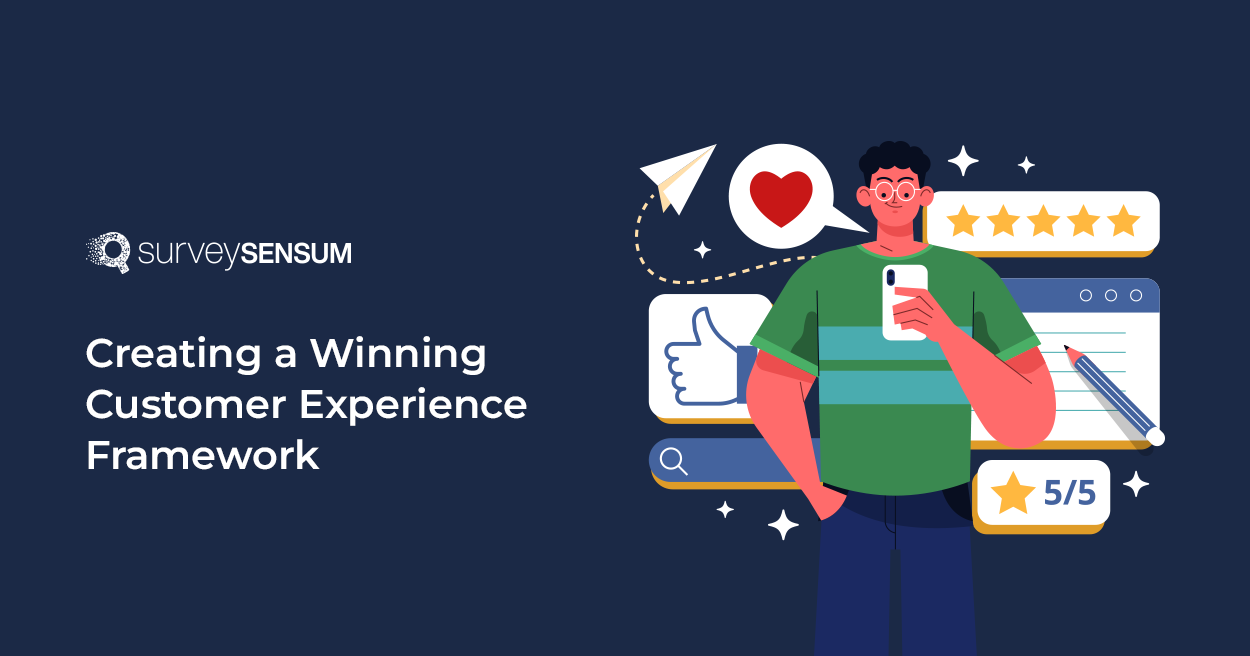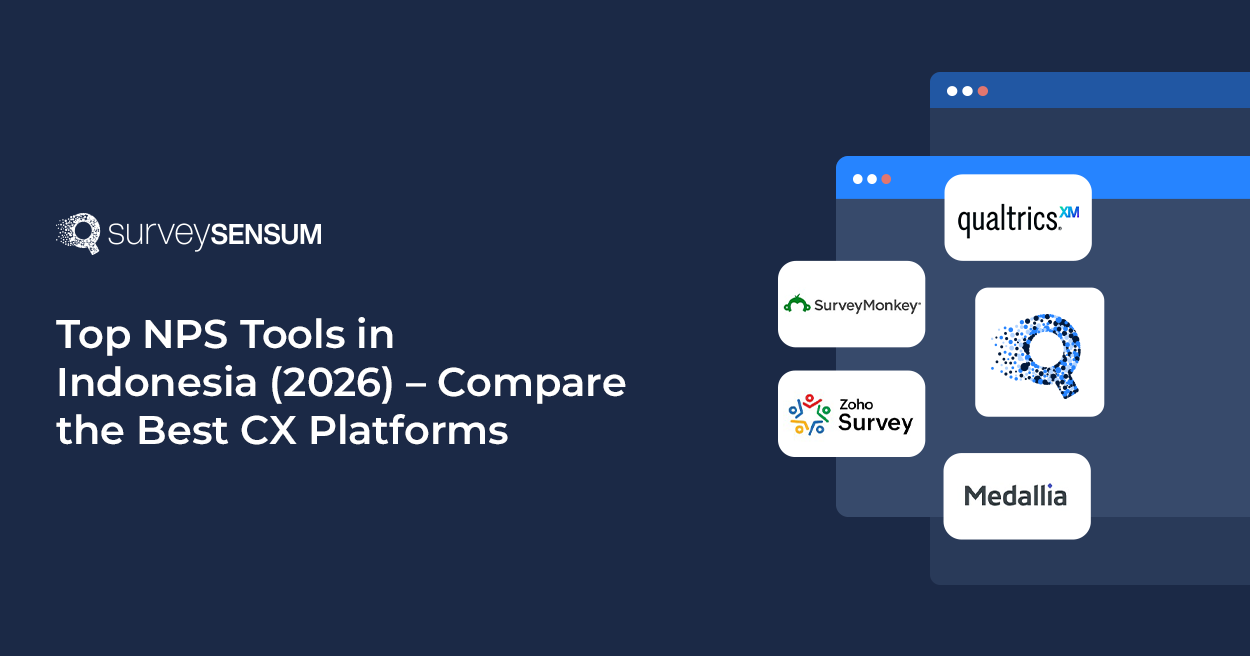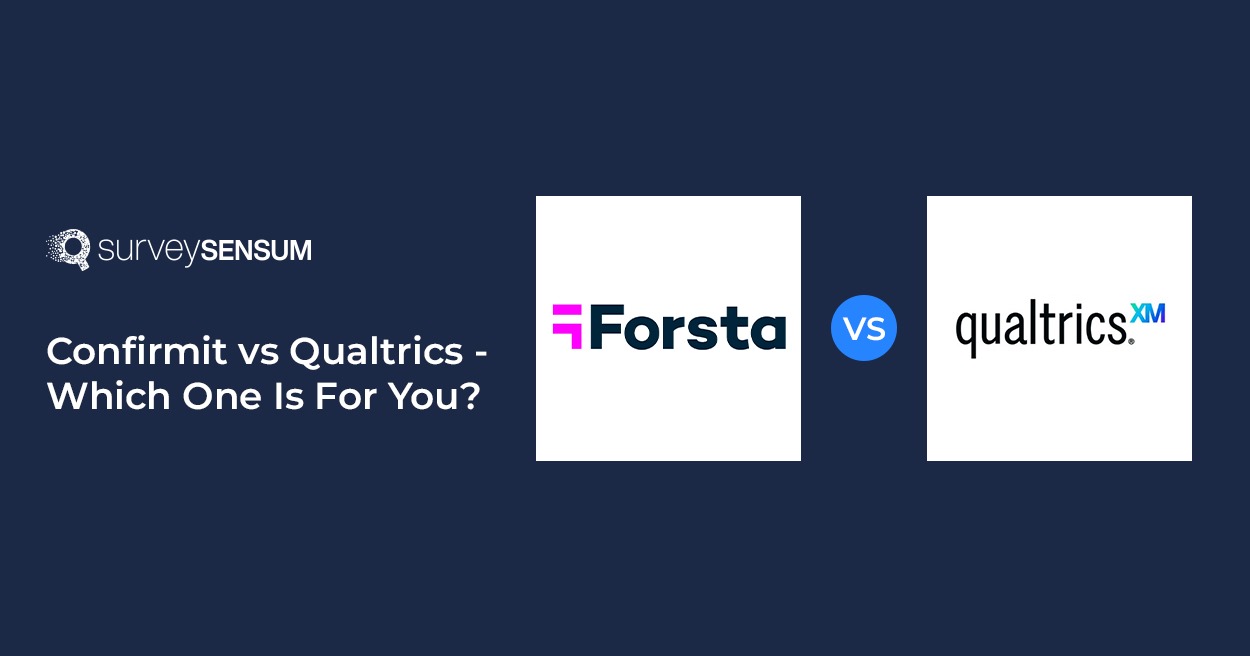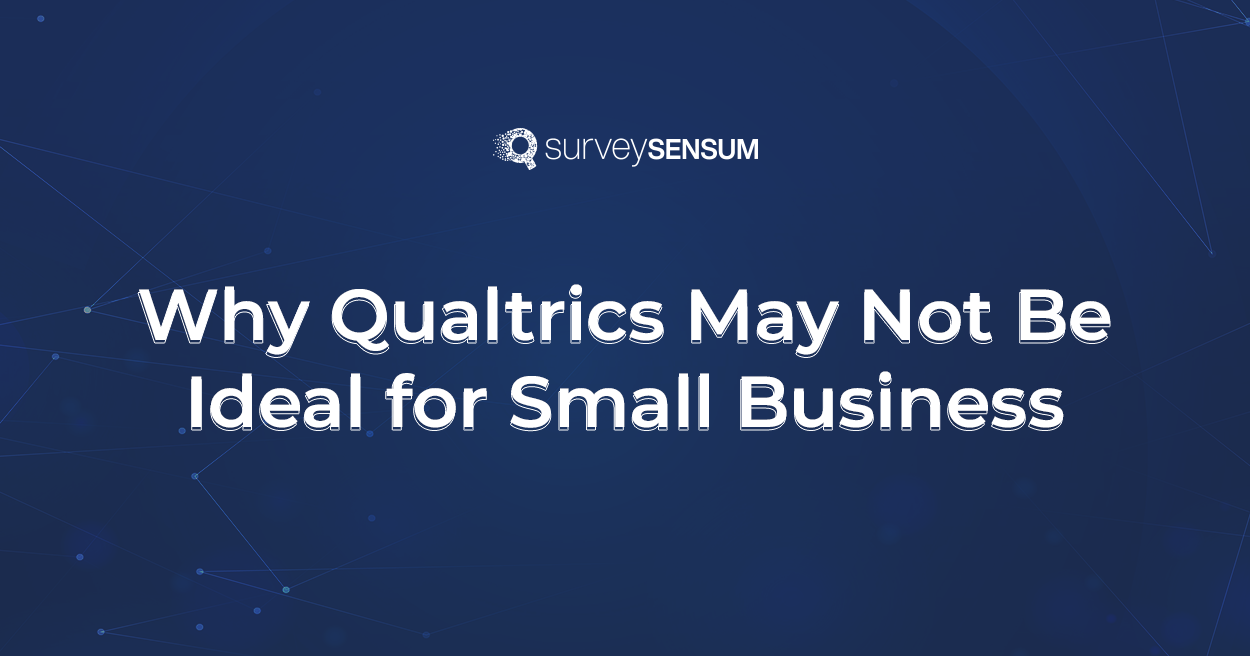

Is your CX Program tied to business revenue?
Only 20% of the businesses know that their CX program can directly lead to revenue growth, the remaining 80% are either running CX program naively or not at all!
Are you in the 20% or the 80%?
Well, an effective CX program requires discipline, a strong framework, and yes, actionability. It’s not just about taking customer feedback but to drive an end to end framework that takes action on the feedback which positively impacts the bottom line (boost loyalty, drives referral, increases CLV, and upsells).
So what is the customer experience framework and how does it help? Let’s discuss in detail.
What is Customer Experience Framework?
The customer experience framework is a schema that includes customer-centric tools, processes, strategies, and techniques used across the customer journey at all channels to ensure a seamless experience.
The CX framework varies with each organization, taking shape as per their objective and what works for them. Businesses need to evaluate their landscape, envision a CX strategy and incorporate a CX framework that suits their requirements.
It ideally enables you to make better decisions by leveraging customer insights and prioritize key drivers based on their impact.
Why is a Customer Experience Framework Important?
There are many reasons to build an effective customer experience framework. Few of them are the following:
- To build any strong business program, you need a structure and discipline; and a customer experience framework that brings exactly that!
- To ensure that all your efforts are directed towards building revenue (be it upsells, referrals, or increasing CLV)
- To have an understanding of customer persona in such a detail that you recognize their pain points and build strategies around that.
- To show clear ROI from the gathered actionable feedback.
While many CX frameworks offer the same, the majority of them fail to deliver key actionable points that positively drive change!
5 Steps to Create An Exceptional Customer Experience Management Framework
I’ve said it many times and it still holds true, customer feedback is the key to delivering exceptional, even WOW customer experience. And it all happens, only if you take required action on the feedback and meeting customer expectations – not just that, you take it a step further!
That’s exactly what a good customer experience management framework helps in achieving. Here’s what it follows:
1. Gather
Customer journey is spread across multiple channels. So much so that 85% of the customers start buying from one device and finish off at the other. (I’ve also sometimes started shopping from mobile and shifted to macbook.)
All of this makes it imperative to cover all the consumer channels by gathering feedback to ensure that you don’t leave out a certain segment.
For instance, you take feedback from customers who are reaching out via chat or emails, but how about the ones who are commenting about you on social media?
2. Understand and Analyze
The second step is to understand the gathered feedback. There are two ways to do it – Quantitative Analysis and Qualitative Analysis.
1. Quantitative Analysis:
It means analyzing the closed ended feedback – the quantifiable feedback chosen from a predefined set of options. All you need to do is simple math or calculate it via a straightforward formula, depending on the type of question.
For instance, if you’ve asked an NPS question, you can calculate it by subtracting the % of promoters from % of detractors.
2. Qualitative Analysis:
Qualitative analysis is used to analyze open-ended feedback – the long, elaborated feedback shared by respondents to share their feedback in detail. Since this feedback can be analyzed you’d need a text analysis tool such as SurveySensum’s AI-Enabled Text Analytics.
It keeps the process simple and clear. All you need to do is bring all the feedback in one place. And this AI machine will bifurcate all the feedback into categories and add relevant tags to it. For instance all the support related queries will go under support, expensive pricing, complex pricing such feedback will go under pricing and so on. In the end, Text Analytics will give you top trends, patterns, and sentiments.

Further, the SurveySensum Survey Dashboard will give you key drivers in the priority order based on their impact on your objective.

Harness the power of both qualitative and quantitative feedback with SurveySensum
3. Act

Having the customer insights is one of the job, the next and most crucial part is to take relevant action on it that ACTUALLY has an impact! When you have the key drivers, it’s time to onboard concerned stakeholders and take required action on the feedback.
For instance, if the common complaint is about support dissatisfaction and it is significantly impacting the CSAT score then it’s high time to get the frontline agents trained on how to build relationships with the customers and explain to them the impact of keeping customers happy.
— This entire process is called closing the feedback loop!
4. Monetize
So yes, you are gathering customer feedback and taking action on it. But is it impacting your business growth?
When I say business growth I mean increased CLV, increased referrals, decreased churn rate, onboarding more customers, etc. Well, it happens when your entire customer experience strategy framework is aligned towards growth. That’s what’s called monetizing the CX program.
For instance, with the help of NPS, you can identify your most happy customers and upsell them, increasing the average CLV of promoters.
Get started to close the feedback loop in real-time!
5. Optimize
This is one of the crucial yet most ignored steps. When I say optimize I mean setting a target and ensuring that your entire CX program focuses on achieving that target. And if it is not, then you optimize it to achieve it.
For instance, if you want to increase customer loyalty and referral, you need to calculate your NPS score which turned out to be 16. Now your customer experience strategy framework should focus on increasing the NPS score. And guess what, businesses that set NPS targets in the very beginning grow twice as compared to the ones that dont.
→ Read more on the Top Customer Experience Tools.
Wrapping Up!
Yes, that’s all about the customer experience framework. This 5 stage framework will not only bring discipline to your CX program, but will enhance your CX strategy as well. It will streamline the entire CX process giving the most lucrative results and foster a customer centric environment.
Moreover, onboarding a strong customer feedback platform like SurveySensum aids you in the entire process. From building engaging surveys templates in just a few minutes to closing the feedback loop in time, it helps you in boosting customer satisfaction, preventing churn, and bringing in business growth.

















